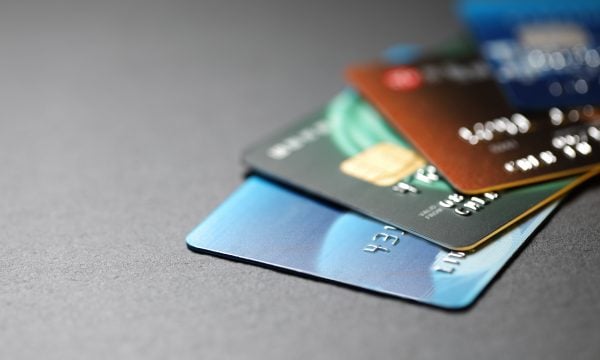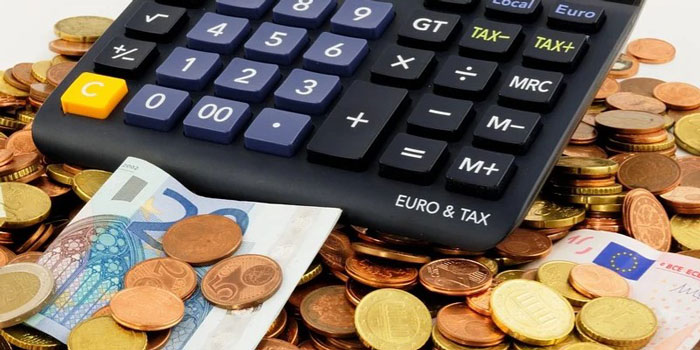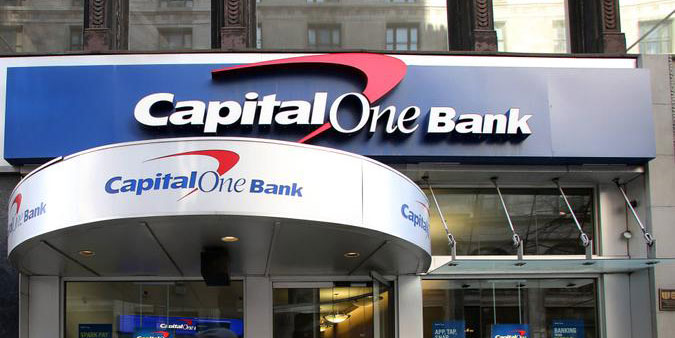Instead of taking out a loan from card issuer or bank, debit card is payment method that makes payments by removing money straight from consumer's checking account. When issued by major payment processors like Visa or Mastercard, debit cards provide convenience of credit cards and many of same consumer safeguards.
How a Debit Card Operates
Like a charge card, a debit card is often a rectangle-shaped piece of plastic. It is connected to user's checking account with a financial institution, such as a bank or credit union. The size of the account is directly related to the maximum amount of money that may be spent with it.
Debit cards, in a way, function in a manner that is comparable to that of a hybrid between credit cards and ATM cards. This is the way that they are designed to operate. You may use them to receive cash from an automated teller machine at a bank, like the former, or you can utilize them to make purchases, like the latter. Numerous banking institutions use debit cards from major card-payment processors like Visa or Mastercard to replace their standard, one-use ATM cards. Your checking account automatically includes one of these debit cards.
The functionality of the debit card remains the same regardless of whether it is being used to withdraw cash from ATM or make a purchase: it instantly withdraws monies from the account to which it is linked. Your spending is thus restricted to the amount of money that is now accessible in your checking account, and the precise amount that you have available to spend will change from day to day in accordance with the amount of money currently in your account.
In most cases, daily purchase restrictions are also associated with debit cards. These limits specify the maximum amount spent using a debit card in twenty-four hours. Debit card purchases may be done with or without a PIN. If the card has the logo of a significant payment processor, it is often possible to use it without a separate reader, exactly like you would with a credit card.
Debit Card Fees
Debit cards often don't incur additional fees: No yearly membership fees or cash advance costs. Nevertheless, they don't always enable you to avoid paying fees: You risk being charged ATM transaction fee if you withdraw cash from automated teller machine (ATM) that is not owned by or linked with the bank that issued your debit card. So, what are the PayPal debit card fees?
What if you use the card to buy more than you have in your account? You run the risk of being charged fees for inadequate money, which are analogous to the fees you would pay for a paper check that was returned as unpaid. You will be charged overdraft fees if you have signed up for overdraft protection.

If your card is lost, destroyed, or stolen, you may be subject to a replacement card cost and a foreign transaction fee for purchases made in a currency other than your own.
All this applies to ordinary debit cards, which pay with monies from your bank account. On the other hand, a prepaid debit card is different; in fact, it's almost like a new species altogether. This is because it has a predetermined amount of money loaded onto it.
Credit Card vs. Debit Card

The boundary between credit cards and debit cards sometimes seems to be as thin as a piece of plastic because many banks issue debit cards via credit card firms. A debit Mastercard, for example, appears the same as a credit Mastercard, except for the word "debit" being printed on the front of the card.
Certain debit cards, like some credit cards, provide reward programs, such as 1% cashback on all transactions. These programs are comparable to the reward programs offered by credit cards. A debit card containing the logo of a credit card provider gives many of the same consumer safeguards, such as not holding you accountable for fraudulent transactions made by someone swiping your card information.
Nonetheless, the functionality of credit cards and debit cards is essentially distinct from one another. A debit card is equivalent to writing a check or putting down dollar cash while making a purchase: You make the payment immediately by withdrawing money from your bank account to cover the cost of the goods. When you pay for an item using a credit card, you are effectively borrowing money from the business that issued the card to pay for the item.




